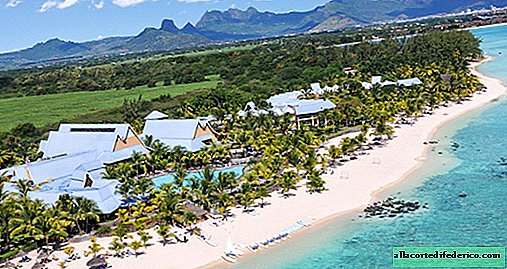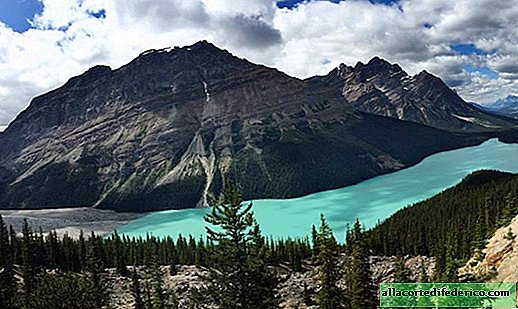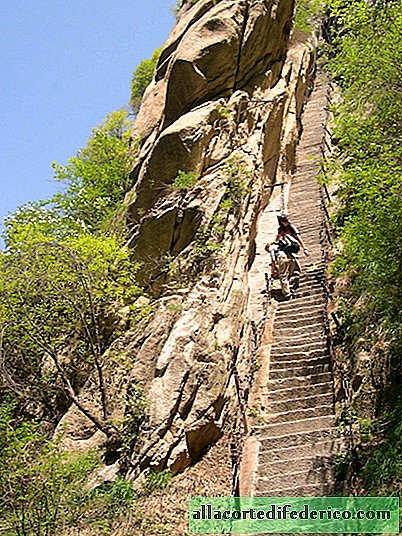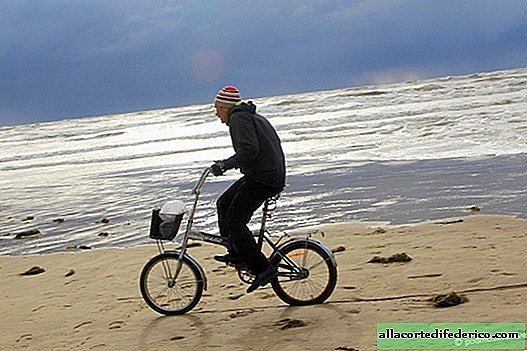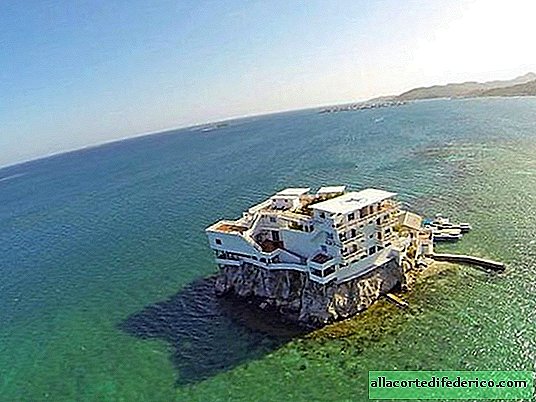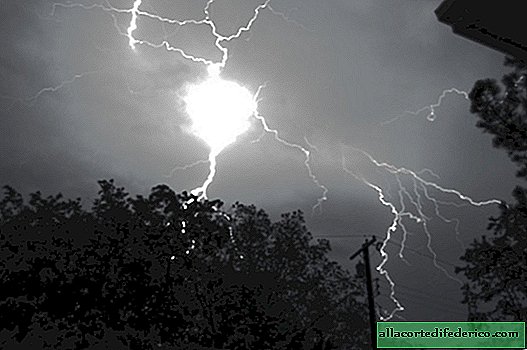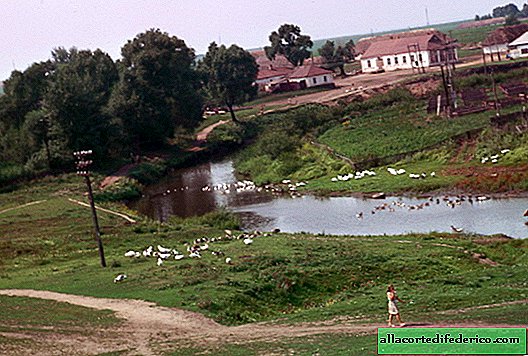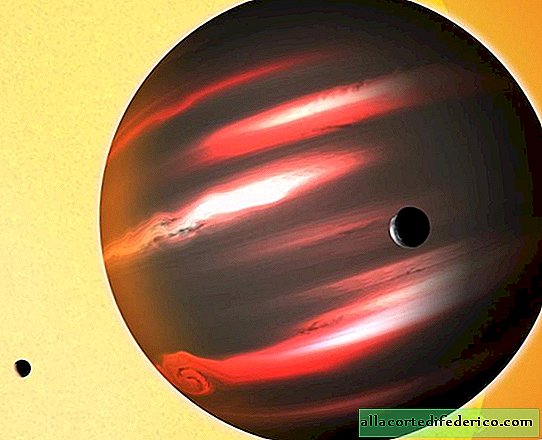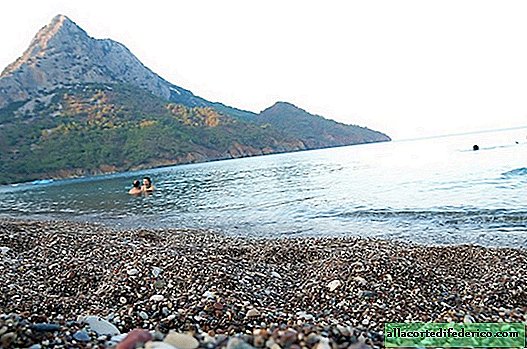This is not a pool: why do we need a strange octagonal pond on the Pacific coast
Looking at this miracle of engineering from a bird's eye view, you might think that this is a grandiose pool on the ocean, a sports complex, or an industrial sump belonging to some kind of mining enterprise. But in fact, this man-made object is part of the Japanese hydroelectric power station, but not an ordinary one, but an accumulating type with the most advanced technologies, which plays a stabilizing role in the energy system of Okinawa.
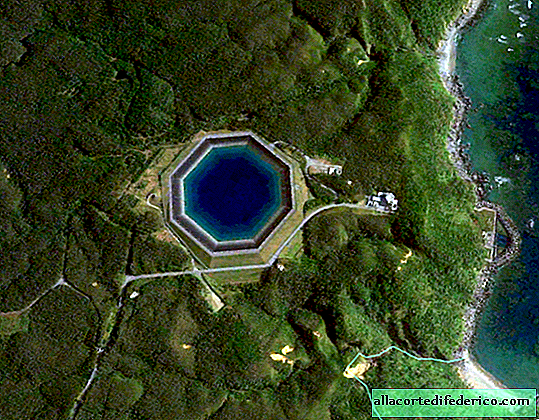
Such stations always consist of two water reservoirs: upper and lower. During peak loads on energy supply systems, for example, in the mornings or evenings, water from the upper reservoir is drained into the lower. During this process, the operation of the station is no different from the classical hydroelectric power station: the water stream drives the turbines, and electricity is generated. And when the load on the network drops, for example, at night, the released electricity is sent to pump water back into the upper tank. And for tomorrow this process is repeated again.
The capacity of the Japanese PSP in Okinawa is not so great - about 31 MW. But the main thing is that this station copes with its task and eliminates the lack of electricity in Okinawa at the right time. The structure of this hydroelectric station is very unusual. The fact is that for the upper reservoir, as a rule, a bowl of a natural lake or an existing reservoir is used, and the lower river is a river bed or another lake below. If there is no upper reservoir, they can build it out of the blue, as it happened in the case of the Japanese station. The octagonal pool is located at a distance of about 600 meters from the coastline and has a width of 252 meters with a maximum possible depth of 25 meters.

In addition, there was no lower reservoir: the island is not particularly rich in large rivers and suitable lakes. But the Japanese, who are unsurpassed leaders in the field of the construction of pumped storage stations, managed to find an original way out of this situation. It was decided to use the Pacific Ocean as a lower reservoir. This does not contradict the principles of the construction of such stations and provides the necessary height difference between water bodies, equal to 136 meters.
But agreeing to the use of sea water, saturated with salts, the Japanese were forced to provide for the use of specially developed anti-corrosion alloys in the construction of pipes and turbines. After the commissioning in 1999, the Okinawa PSPP became the first station of its kind in the world, located on the ocean and using its water. But that is not all.

For pumping water into the upper reservoir, ocean energy, or rather wave energy, is used. And as a generator of this energy, the Japanese used the original design of British engineer Alvin Smith in the form of two floats.
We can say that the Japanese Okinawa PSPP is a test site for testing the most daring engineering ideas and applying non-standard technologies.


